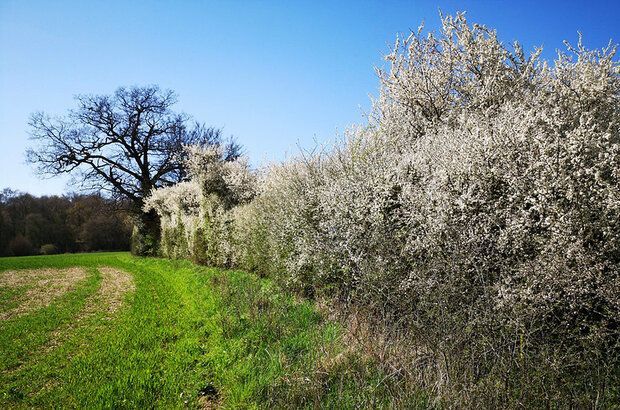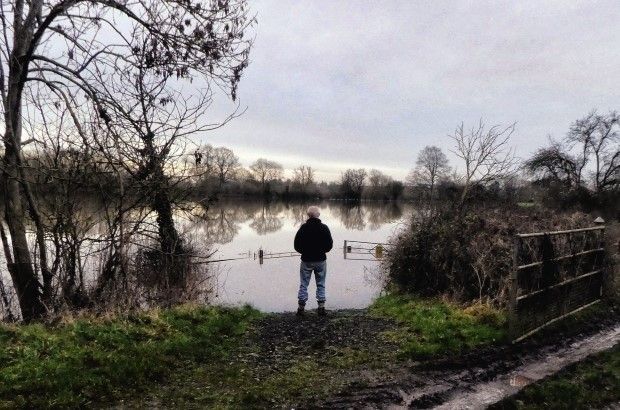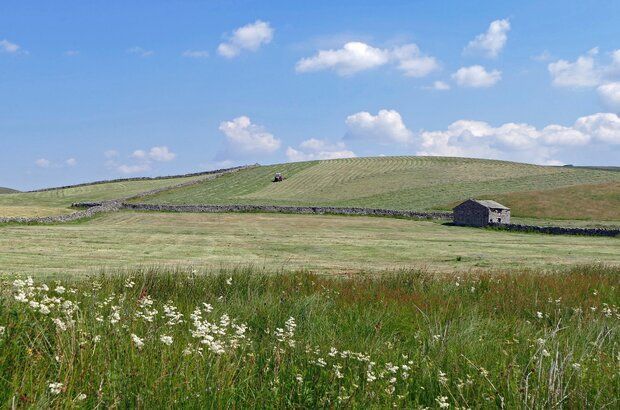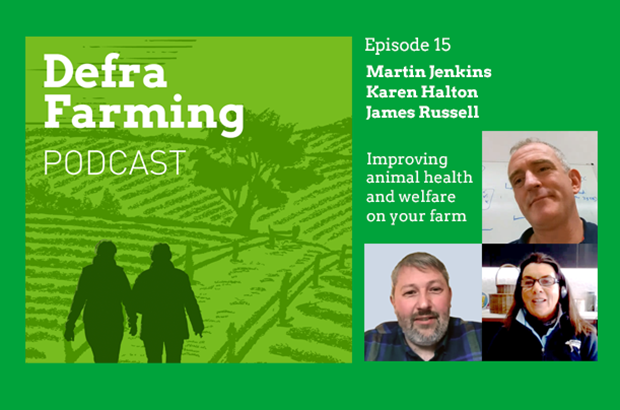The evidence we use to develop our environmental land management schemes
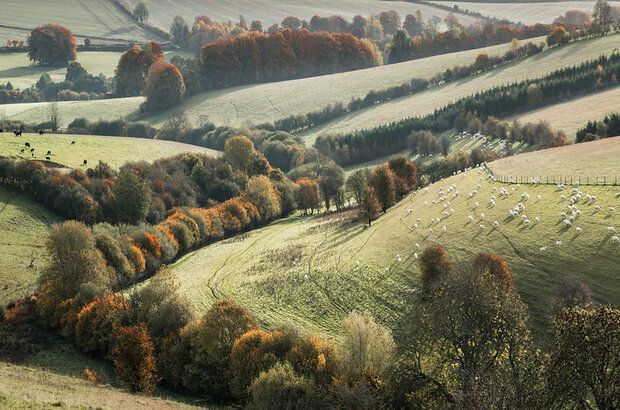
Credit: Kumweni
We’re committed to ensuring that the policies underpinning our environmental land management schemes are based on the very latest and best possible evidence.
By using quality evidence, we can deliver value for money, meet our environmental targets & climate commitments, maintain food production and support resilient rural communities.
Bringing together the latest scientific literature and practitioner data is vital.
One evidence source is the recently published qualitative environmental impact assessment (QEIA). In this post I’ll give an overview.
The purpose of the QEIA was to understand the impact of environmental land management actions on agricultural land in England.
This project assessed the impacts of 741 potential land management actions on land-based environmental targets and climate commitments.
We used 53 relevant environmental and cultural service indicators, such as reduced emissions of ammonia.
The project, led by the UK Centre for Ecology & Hydrology (UKCEH) drew on the expertise of a consortium of around 45 people.
Together, they produced 10 evidence reviews containing over 1,000 pages of evidence and over 2,400 studies were referenced.
These reviews covered important environmental themes such as soil health and air quality and looked at a range of topics, including whether an action should be spatially targeted to deliver benefits to the objectives.
The evidence reviews then informed an integrated assessment. This comprised expert-derived qualitative impact scores for each land management action.
This assessment was important to:
- understand which environmental land management actions would contribute towards the delivery of land-based environmental targets and climate commitments relevant to farming, including any negative effects on food production
- feed into value for money assessments, allowing for appraisal of land management actions and environmental land management schemes
- allow comparison across land management actions and therefore, provide policy with a greater understanding of the full impact of such actions.
The QEIA sits within a wider evidence base from which we’ve drawn scheme content.
This includes (but is not limited to): agri-environment schemes, monitoring and evaluation projects; Countryside Stewardship (CS) and Environmental Stewardship (ES) impact assessments and feasibility studies.
Together, this evidence helps to build a picture of which actions should be considered for our environmental land management schemes.
The QEIA also sits within the context of some of the longer-term work underway to inform our schemes.
The Environmental Valuation Assessment Scenario Tool (EVAST) is one such project. EVAST is a Defra-funded integrated modelling tool that is under development (with the first stage still due for completion) by a UKCEH-led consortium including Forest Research , eftec , ADAS , Cranfield University and the British Trust for Ornithology.
It is an ambitious undertaking that uses a specialised chain of coupled models driven by field-level data and covering a national scale.
EVAST estimates the biodiversity, carbon, water quality and air quality benefits, and their associated monetary values that could be achieved through environmental land management schemes.
Designed to support our decision making, the EVAST approach is deliberately cross-sectoral and scenario-driven. It highlights interactions, trade-offs and unintended consequences of land management decisions.
Each EVAST scenario is co-developed with Defra and helps to build a picture of the different ways environmental land management can contribute to England’s land-based environmental targets and climate commitments.
While we have an active programme of research to make predictions to inform scheme content, we are also building a programme by which to monitor and evaluate them.
In early-stage development, and as part of a multi-year programme, the Environmental Research Collaboration for England (ERCE) is an important project in this space.
It will develop innovative, proof-of-concept solutions to challenges in monitoring our environment, with a focus on accelerating integration of new technologies into Defra business processes.
ERCE will also help us explore and assess which tools are best placed to support our land managers in delivering environmental outcomes. The monitoring and evaluation programme will provide real-world data to complement and validate our early assessments.
If you have any questions about this work, please leave a comment below.
